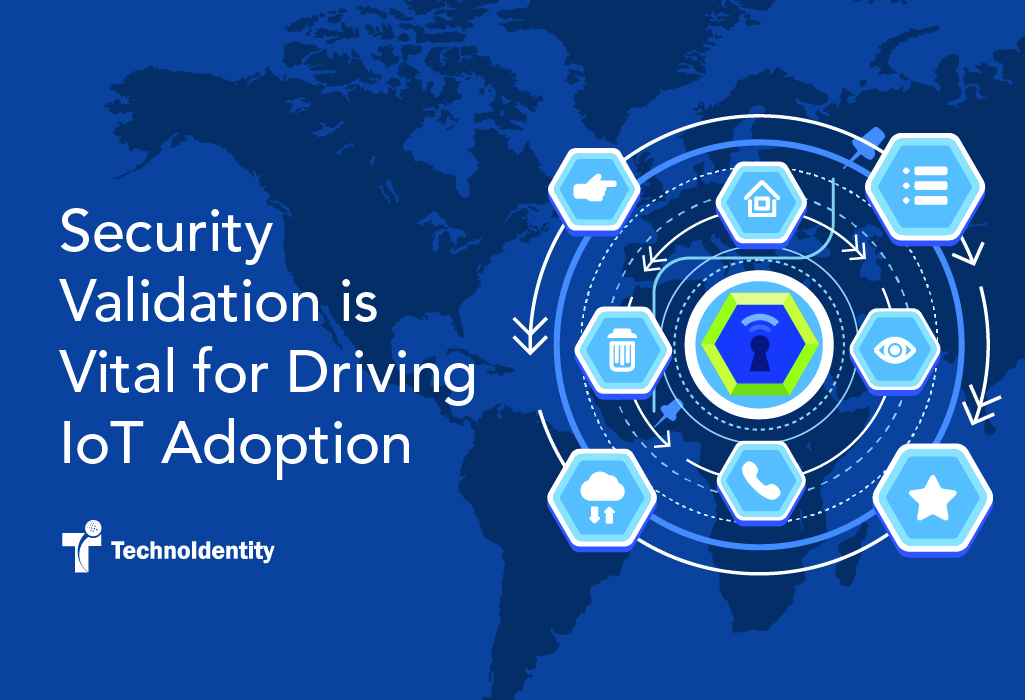
Security Validation is Vital For Driving IoT Adoption
In the wake of the Information Age, interconnecting everyday devices or ‘things’ has become commonplace. Everything including wearables, sensors, mobiles, computers, and vehicles that are interconnected is now a crucial part of the current period. Organizations have now adopted the use of connected devices and 5.8 billion enterprise (Gartner) and automotive IoT endpoints were estimated to have come online by the end of 2020. So, the security of an aspect so tied to everyday life cannot be compromised. With the rise of the adoption of IoT, the concerns over the security of such devices have not been addressed as they should be.
Rise of IoT Adoption
Other than making life easier by making human-to-computer interaction minimal, increasing efficiency, and reducing labor cost, IoT also collects tons of real-time data that can give insight for analysis. Privacy of this data becomes relevant when one can use it to monitor the absence of inhabitants by observing temperature levels, use of electricity, etc. IoT devices can be used to record and analyze data to reduce consumption and conserve energy by using smart grids, monitor the movement of ambulances, staff, and patients in hospitals, and identification of individuals using biometrics in terms of smart healthcare. Some common benefits of IoT enable businesses to:-
- Keep track of overall business processes
- Improve customer experience
- Conserve time and money
- Boost productivity
- Integrate business models
- Create more revenue
To make better business decisions it encourages companies to rethink the approach and gives them the instruments to better business strategies. With the ability to access information from any device at any time from anywhere, improving communication, and also enabling a business to further services offered while reducing human intervention, IoT provides some undeniable advantages to remain competitive but with the increase in the number of devices connected and information shared, the chances of a hacker stealing confidential information also increases.
Why is Security Validation necessary?
With the lack of encryption and legacy security standards, the use of a complex range of devices allows various security risks to be present. Data breaches related to IoT have almost doubled from 15% to 26% in 2019 (Shared Assessments) and the high costs of data breach combined with the popularity of IoT adoption in Western households result in an ideal situation of compromised cybersecurity. There is a lack of proper security at the software or infrastructural level while the pace of the number of connected devices is rapidly growing without a unifying standard of validation across the diverse range of its environments. In the effort to keep up with the demand for low-cost IoT devices, manufacturers use less powerful hardware and skip security features in the firmware and that has only contributed to the issues. Poor security practices and configuration due to human error exposes the devices to attack too.
The Mirai botnet attack was a botnet distributed denial of service attack carried out by employing millions of unprotected IoT devices to disrupt the operations of major Internet Service Providers, revealing the vulnerabilities of IoT devices and proving insufficient security. As a result, millions of webcams that were recruited bots had to be replaced or needed to be restored. Ending up as a victim of a cyberattack today can sabotage any organization and cause downtime, data loss, legal issues, and costs of recovery and remediation. There is no single solution available that can help secure all the devices of an organization because of the range of devices comprising IoT. The dynamic approach to process solutions also poses a vulnerability.
How to prevent breaches by APT’s?
Organizations need to have an all-inclusive strategy to combat APT’s also called Advanced Persistent Threats. You should invest in better security sooner rather than later to evade security breaches. Some areas to cover may include:-
- Firewalls should be used to protect networks and endpoints must be installed at workstations.
- Capable filters must be used to avoid phishing attacks.
- Staff must be prepared with basic skills to avoid security crises.
- Administrator usernames and passwords should be replaced since these are easily available to anyone.
- Encryption can be employed to retain confidentiality.
- Backups can be maintained to ensure the prevention of data loss.
- Update systems to dodge software vulnerabilities
Continuous Testing of Security Measures
Testing and checking security reliability from time to time confirms its effectiveness. This might be threatened due to bugs, misconfigurations, etc. Updates or new features may be needed to be introduced to keep up with the latest features. Breach and attack simulations or BAS are run to mimic real-world tactics used by APT’s. Continuous testing using vulnerability scanning can detect security gaps. White hat hackers could be hired to ethically test system security and safety.
Conclusion
IoT has many advantages that can prove beneficial to the organization. For these to work the merit of strategies to secure data must be recognized. But without security validation using capable tools and measures to minimize the risk of attack, utilizing its benefits may not be possible if one wants to avoid cyberattacks.


